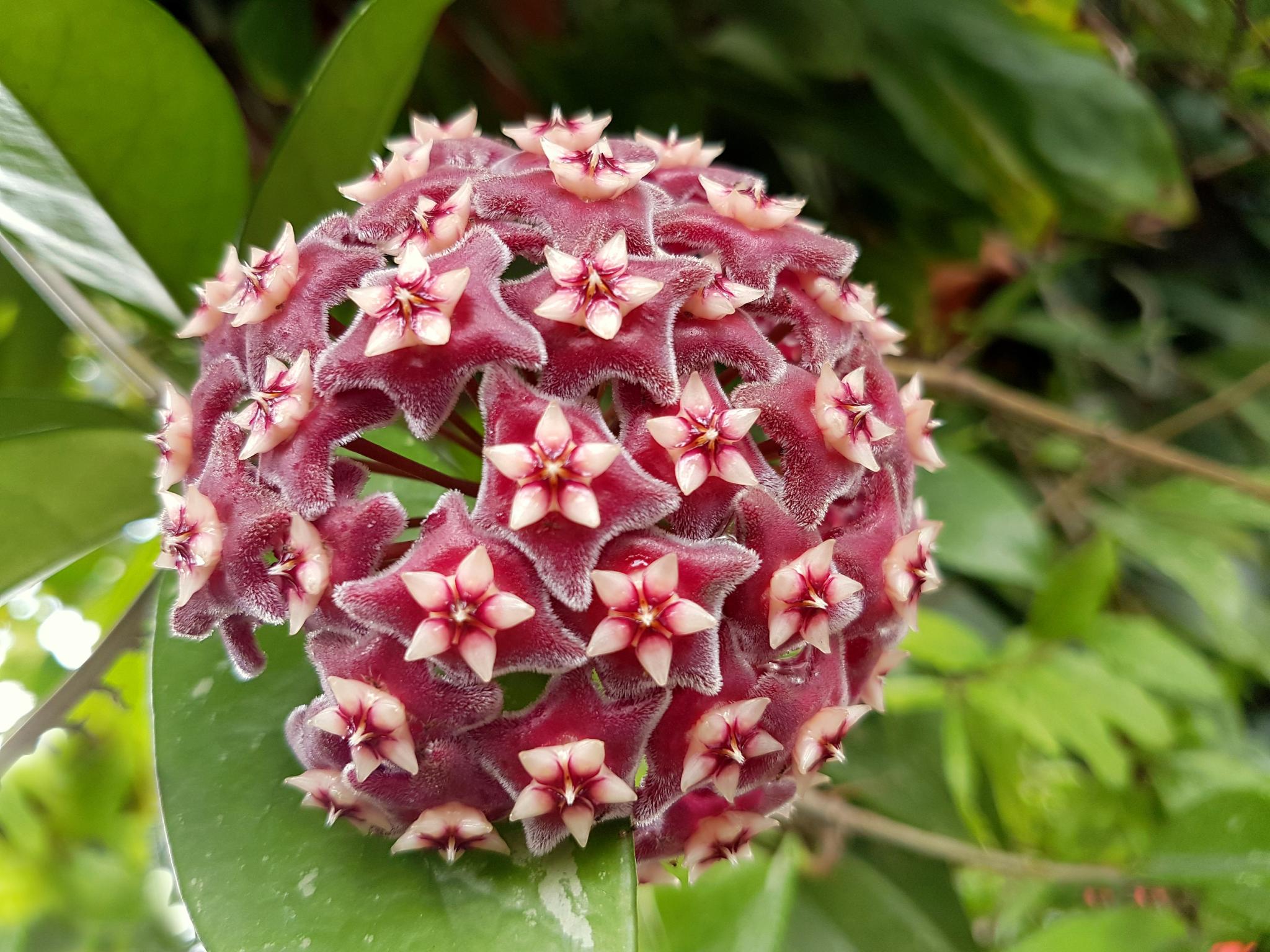
Caption
Hoya Carnosa
Photo Credit
Yvan leduc
Subhead
Learn how to plant, grow, and care for Hoyas.
No content available.
Read Next
Types
Hoyas commonly sold in nurseries as houseplants include:
- Hoya Carnosa cultivars such as ‘Krimson Princess,’ a two-toned plant with green leaf edges and white centers. New foliage often displays pink and changes to green in maturity.
- Hoya pubicalyx (often mislabelled as H. carnosa or H. purpurea-fusca)
- Hoya kentiana leaves look like a bunch of pea or bean pods hanging off the vine.
- H. kerrii, also referred to as Hoya hearts because the thick leaves are heart-shaped,
- Hoya lacunosa is a compact, green foliage plant perfect for hanging baskets. It’s a favorite for the cinnamon-scented flowers and willingness to bloom. Many varieties are available.
- Hoya linearis is a unique trailing hoya with short, cylindrical leaves. It’s perfect for a small green vertical display and can create a curtain of foliage.

Gardening Products
No content available.
Comments
Add a Comment
My sister gave me one of her Hoyas. The flowers had a nice fragrance and would drip a sweet sap. The kids would enjoy a treat on their finger dipped in it!










